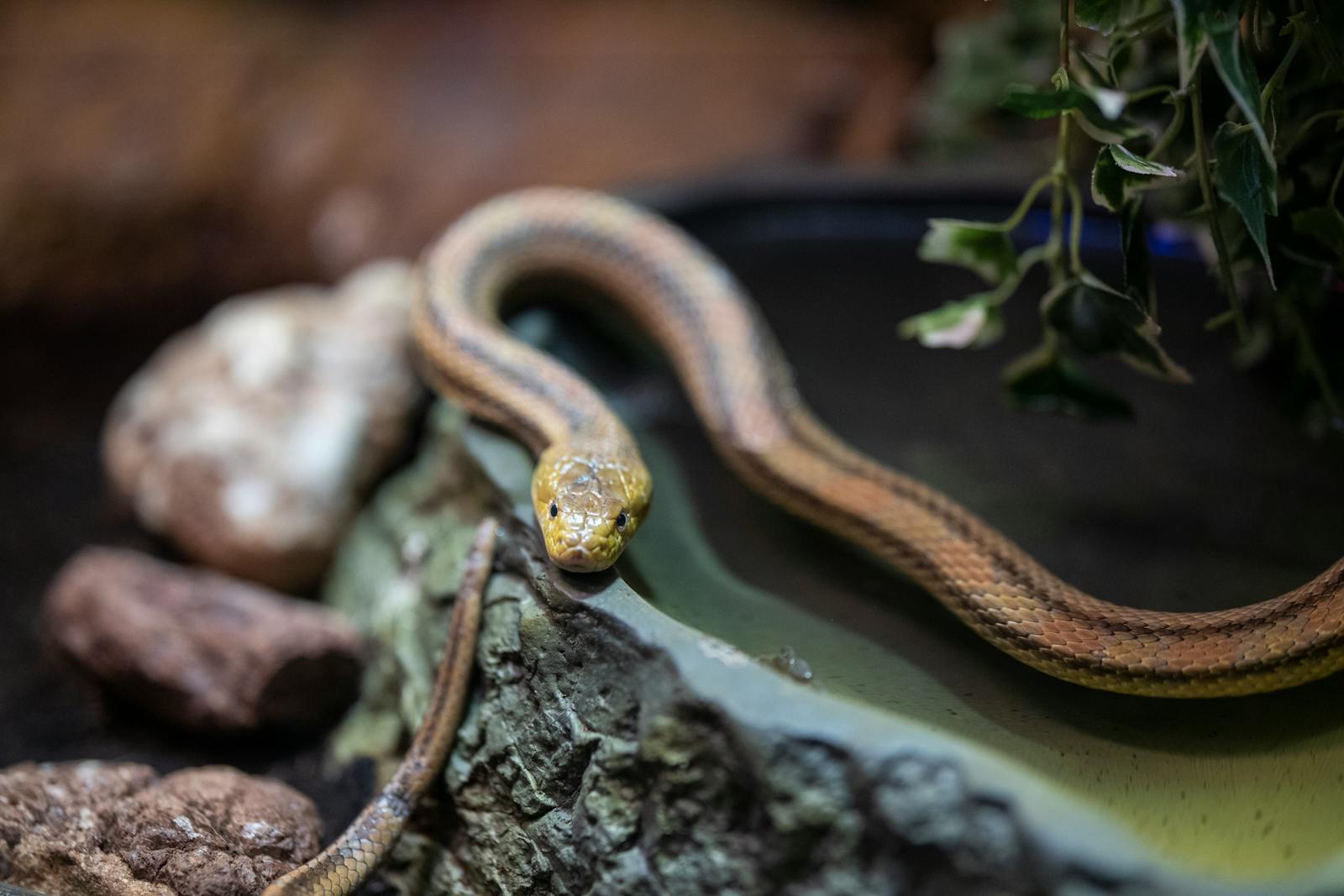In the fascinating world of reptilian defense mechanisms, few are as distinctive and effective as the malodorous strategy employed by certain snake species when they feel threatened. While venomous fangs and intimidating displays might be the more famous snake defenses, the ability to release a pungent, foul-smelling secretion represents one of nature’s more unusual protective adaptations. This biological “chemical warfare” serves as a powerful deterrent to would-be predators, creating an immediate and unforgettable sensory experience that encourages attackers to seek easier, less offensive-smelling prey. Understanding this remarkable defense mechanism provides insight into the complex evolutionary arms race between predator and prey in diverse ecosystems worldwide.
The Infamous Garter Snake: Nature’s Stink Bomber

The common garter snake (Thamnophis sirtalis) stands as perhaps the most well-known practitioner of olfactory defense in the snake world. When threatened or handled, garter snakes can release a musky, foul-smelling substance from specialized glands located near the base of their tail, known as cloacal glands. This malodorous secretion, often described as resembling rotten garlic or skunk spray, serves as an immediate deterrent to potential predators. The substance not only smells terrible but can also linger on the handler’s skin or clothing for hours or even days after contact. Interestingly, the intensity and specific scent profile can vary between individual snakes, with some specimens producing particularly potent emissions that have been known to make inexperienced handlers gag or retch upon exposure.
The Science Behind the Smell: Cloacal Glands and Musk

The biological mechanism behind this odoriferous defense lies in specialized glands called cloacal or musk glands, located inside the snake’s cloaca near the base of the tail. These glands produce a yellowish or whitish secretion containing various compounds including amines, phenols, and sulfur compounds—chemicals notorious for their unpleasant odors. When a snake feels threatened, muscles surrounding these glands contract, forcing the musk through ducts that open into the cloaca. The production of this musk is energetically costly for the snake, representing a significant investment of resources, which explains why this defense is typically used as a last resort after other warning behaviors like hissing or striking have failed. Scientists have identified dozens of chemical compounds in snake musk, with the precise composition varying by species, suggesting evolutionary refinement of this defense mechanism against specific predators.
More Than Just Garters: Other Smelly Snake Species
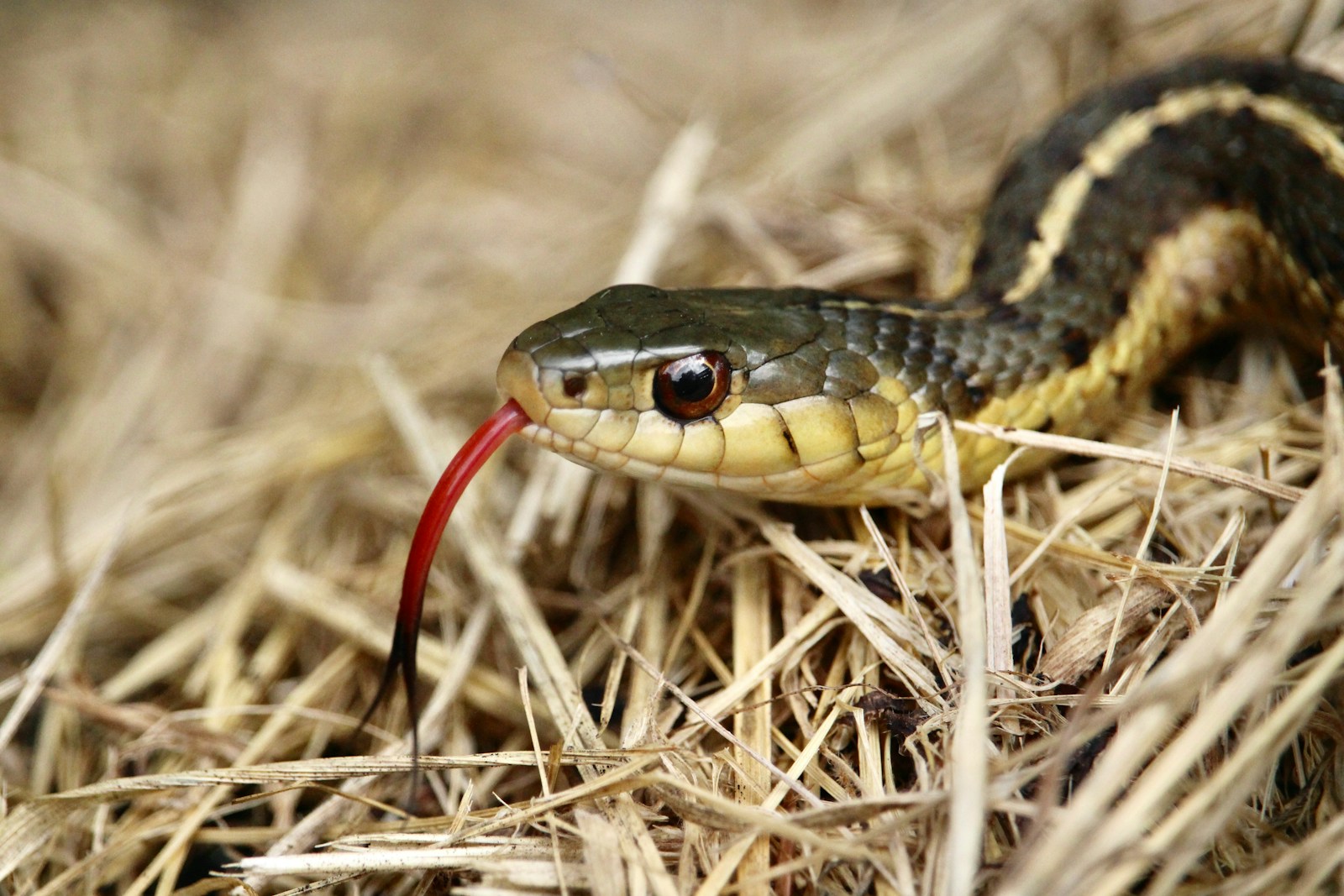
While garter snakes might be the most famous musk-producers, they certainly aren’t alone in employing this defensive strategy. The North American water snake (Nerodia sipedon) is particularly notorious among herpetologists for producing some of the most offensive-smelling musk in the snake world, often described as far more potent than that of garter snakes. Hognose snakes (Heterodon species) combine their musk-releasing ability with an elaborate death-feigning display, creating a multi-sensory deterrent for predators. The western mud snake (Farancia abacura) produces a particularly viscous musk with an extraordinarily persistent odor that can linger for days. Even some constrictors like certain rat snake species can release musk when handled, though the potency varies significantly between individuals and species. This widespread adoption of chemical defense across evolutionary distinct snake families suggests the strategy’s effectiveness as a survival mechanism.
The Chemical Composition: What Makes It So Foul?
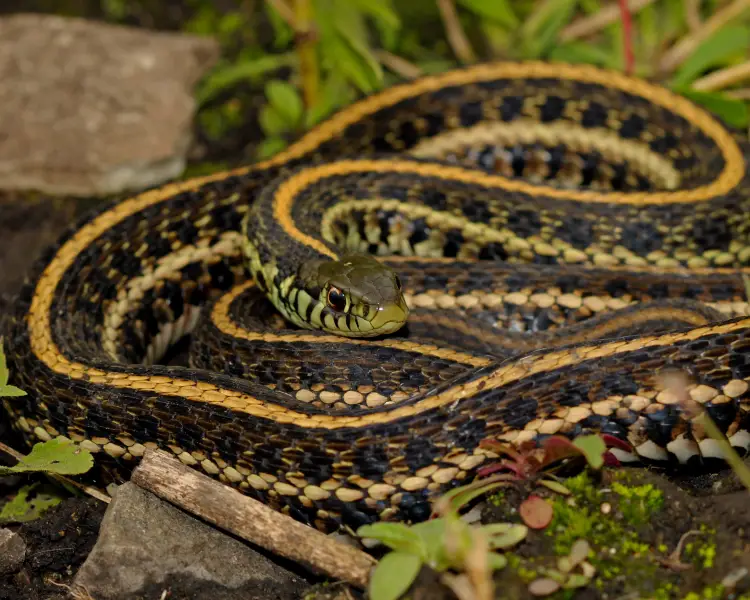
The repulsive nature of snake musk stems from its complex chemical profile, which varies by species but commonly contains compounds that trigger disgust responses in mammals. Analysis of garter snake musk has revealed the presence of thietanes and trithianes—sulfur-containing compounds similar to those found in skunk spray—explaining the characteristic rotten-egg undertone. Other components include various phenolic compounds, indoles, and short-chain fatty acids that contribute to the overall offensive bouquet. These chemicals have evolved specifically to target the olfactory sensitivities of common snake predators like birds of prey, mammalian carnivores, and larger reptiles. Research has shown that the composition may change seasonally or with the snake’s diet, with some evidence suggesting that well-fed snakes produce more potent secretions. The precise combination of these compounds represents an evolutionary masterpiece designed to create maximum repulsion with minimal resource expenditure.
The Evolutionary Advantage: Why Develop Such a Smell?

The development of musk as a defense mechanism represents a brilliant evolutionary solution for relatively small, vulnerable prey animals like many snake species. Unlike venom, which requires direct contact and specialized delivery systems, musk works at a distance and affects multiple sensory systems of potential predators. This chemical defense proves particularly valuable for non-venomous species that lack other effective protective adaptations. Evolutionary biologists note that chemical defense requires less energy than physical combat and offers protection against a wider range of predators than specialized defenses like camouflage. The persistence of the odor also creates a learning opportunity for predators—after one unpleasant encounter, many predators will avoid similarly-patterned snakes in the future. Additionally, unlike venom which primarily evolved as a prey acquisition mechanism and secondarily as defense, musk appears to have evolved specifically as an anti-predator adaptation.
Beyond the Smell: A Multi-Sensory Defense Strategy

Many musk-producing snake species don’t rely solely on their malodorous secretions for protection, instead employing a sophisticated multi-stage defense strategy. The western hognose snake, for example, first attempts to deter threats by flattening its head and neck to appear larger, hissing loudly, and performing mock strikes with a closed mouth. If these tactics fail, it releases musk while simultaneously rolling onto its back, opening its mouth, and extending its tongue in an elaborate death-feigning display. Garter snakes may combine musk release with rapid striking motions and even defecation when severely threatened. Some water snakes add an element of surprise by suddenly releasing musk while simultaneously evacuating the contents of their bowels when handled, creating a particularly unpleasant experience for the handler. This multi-layered approach to defense increases the snake’s survival chances by providing redundant systems that target different predator sensitivities.
Human Encounters: What Happens When You Handle a Musky Snake

Humans handling musk-producing snakes often receive a firsthand education in the effectiveness of this defense mechanism. When stressed, a garter or water snake may release musk that coats the handler’s hands with a yellowish, oily substance accompanied by an overpowering stench often compared to rotten eggs, garlic, or feces. This secretion proves remarkably difficult to remove completely, often requiring multiple washings with strong soap, and can linger on skin for hours or even days. Clothing contaminated with snake musk may retain the odor through multiple regular wash cycles, sometimes requiring special treatments to fully eliminate the smell. Experienced field herpetologists often carry disposable gloves and changes of clothing when working with known musk-producing species. Despite the unpleasantness, it’s important to note that snake musk, while disgustingly smelly, is not toxic or harmful to human skin—merely extremely offensive to human olfactory sensibilities.
Predator Responses: How Effective Is the Smelly Defense?

Research into predator responses to snake musk reveals the remarkable effectiveness of this evolutionary adaptation. Studies show that many predators, particularly mammalian hunters with keen senses of smell like foxes, coyotes, and domestic cats, will immediately release a musked snake and may avoid similar-looking snakes in future encounters. Birds of prey, despite their less developed sense of smell, still show aversion to the taste associated with musked prey. Even other reptiles and amphibian predators demonstrate negative reactions to snake musk, suggesting the compounds target fundamental chemical sensitivities across diverse animal groups. Behavioral ecologists have documented numerous instances of predators dropping musked snakes mid-attack and performing cleaning behaviors like rubbing their faces on the ground or shaking their heads vigorously. The effectiveness of this defense likely explains why the trait has evolved independently in multiple snake lineages across different habitats and continents.
Environmental Factors: When and Where Snakes Use Their Chemical Defense
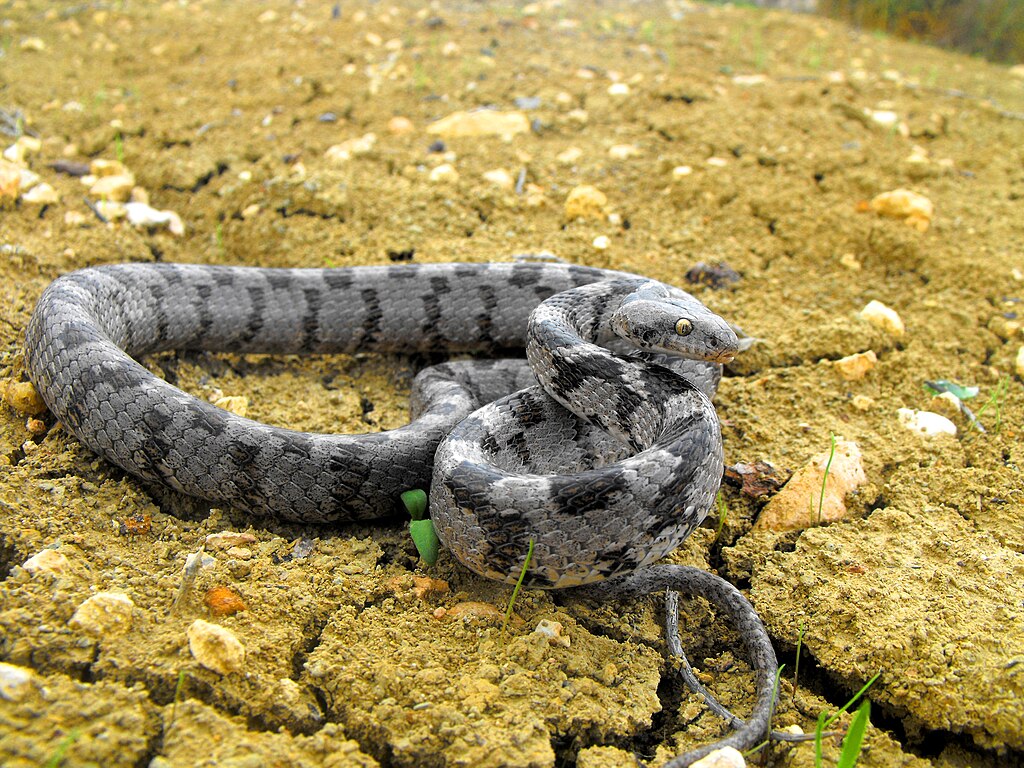
The deployment of musk as a defense mechanism varies significantly depending on environmental context and threat assessment by the snake. Researchers have observed that snakes are more likely to release musk when they feel cornered or have exhausted other defensive options like fleeing or threat displays. Seasonal variations also play a role, with some species showing increased musk production during breeding seasons when they may be more vulnerable due to focused attention on reproductive activities. Geographic variations exist as well, with some populations of the same species showing different propensities for musk release based on local predator pressures. Temperature appears to influence the chemical composition and volatility of the musk, with warmer conditions generally resulting in more potent and faster-dispersing odors. Interestingly, captive-bred specimens sometimes show reduced musk production compared to their wild counterparts, suggesting some environmental or genetic factors influence this behavior.
The Ringneck Snake: A Colorful Stinker
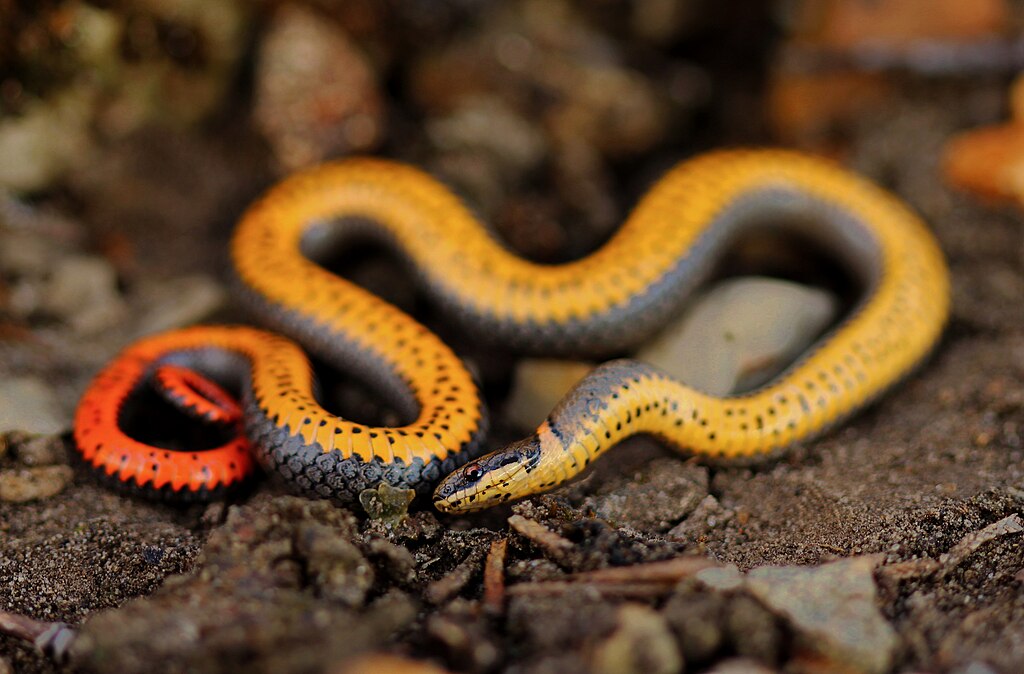
The ringneck snake (Diadophis punctatus) represents one of the most interesting examples of a musk-producing serpent, combining its chemical defense with striking visual warnings. These small, secretive snakes possess a characteristic bright orange-red ventral surface and namesake ring around the neck, which they display through a specialized defensive posture when threatened. When disturbed, a ringneck snake will curl its tail into a corkscrew shape, exposing the bright underside while simultaneously releasing an especially pungent musk from its cloacal glands. The musk of ringneck snakes contains unique chemical compounds that produce a particularly acrid odor described as similar to rotting vegetation mixed with skunk spray. Despite their small size—typically under 15 inches in length—ringneck snakes can produce a surprisingly copious amount of this malodorous substance relative to their body mass, demonstrating the high evolutionary investment in this defense system.
Stinkpot Turtles: Close Relatives with Similar Tactics
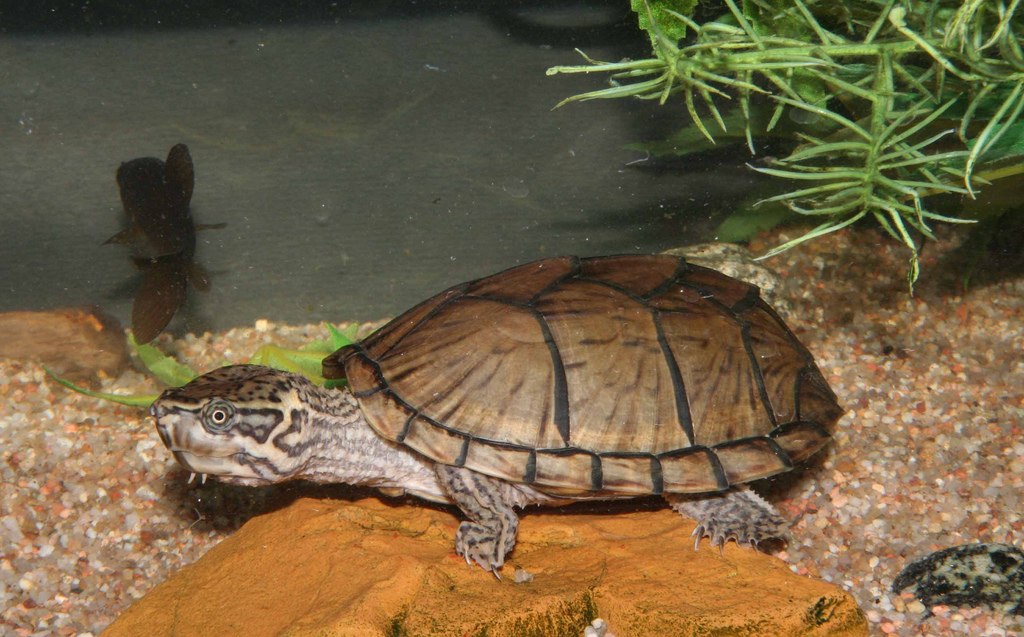
The chemical defense strategy employed by musk-producing snakes finds a parallel in certain turtle species, most notably the common musk turtle (Sternotherus odoratus), aptly nicknamed the “stinkpot.” These aquatic turtles possess four musk-producing glands—two on each side of their shell bridge—that release a yellowish, foul-smelling secretion when the animal feels threatened. The chemical composition of turtle musk shares remarkable similarities with snake musk, including sulfur compounds and phenolics that create an unmistakable stench. This evolutionary convergence between distantly related reptile groups underscores the effectiveness of chemical deterrents as anti-predator adaptations. Unlike snakes that primarily deploy their musk when physically handled, stinkpot turtles can release their defensive secretions both on land and underwater, creating an olfactory barrier that persists in both environments. The similar development of these chemical defenses in both groups provides a fascinating example of convergent evolution in reptilian defense strategies.
Distinguishing Defensive Musk from Other Snake Secretions
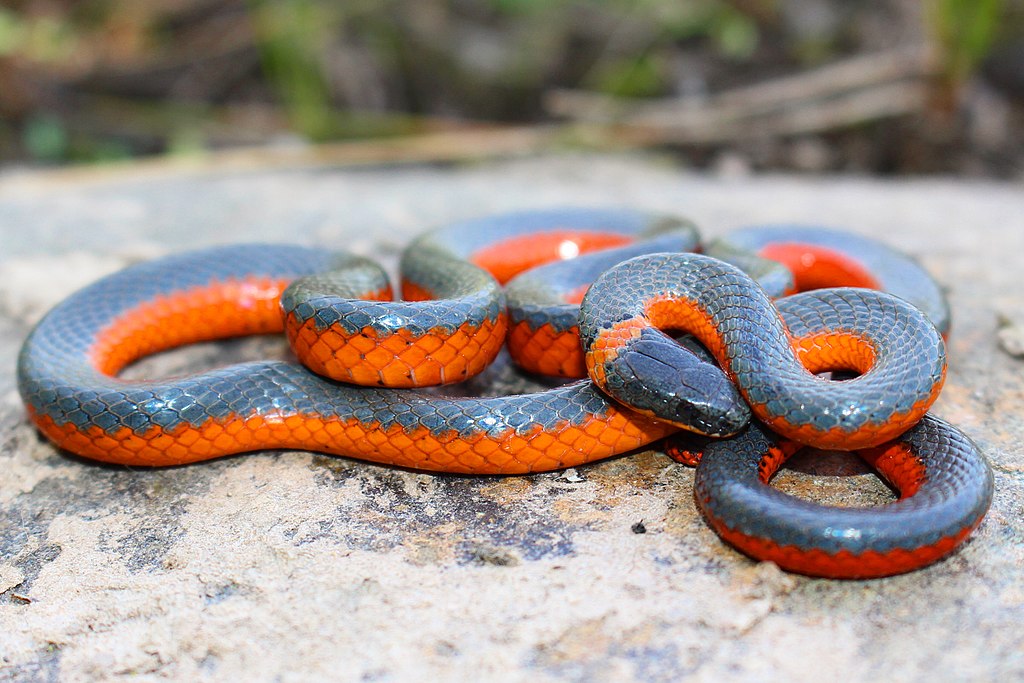
Not all strong-smelling substances produced by snakes serve defensive purposes, making it important to distinguish between different types of secretions. Reproductive musk, produced primarily by male snakes during breeding season, serves as a pheromonal attractant rather than a deterrent and typically has a less offensive odor profile to conspecifics. Cloacal secretions associated with normal waste elimination, while unpleasant, lack the intensity and specific chemical compounds found in defensive musk. Some snakes possess specialized gland secretions associated with prey tracking or territorial marking that can be misidentified as defensive musk by inexperienced observers. The defensive musk stands apart through its rapid, context-specific release during threatening encounters, its distinctive chemical composition rich in sulfur compounds, and the volume produced relative to the snake’s size. Researchers can identify true defensive musk through chemical analysis, revealing high concentrations of thiols, thioethers, and other compounds specifically evolved to trigger disgust responses in potential predators.
Conservation Implications: The Smelly Snake’s Future
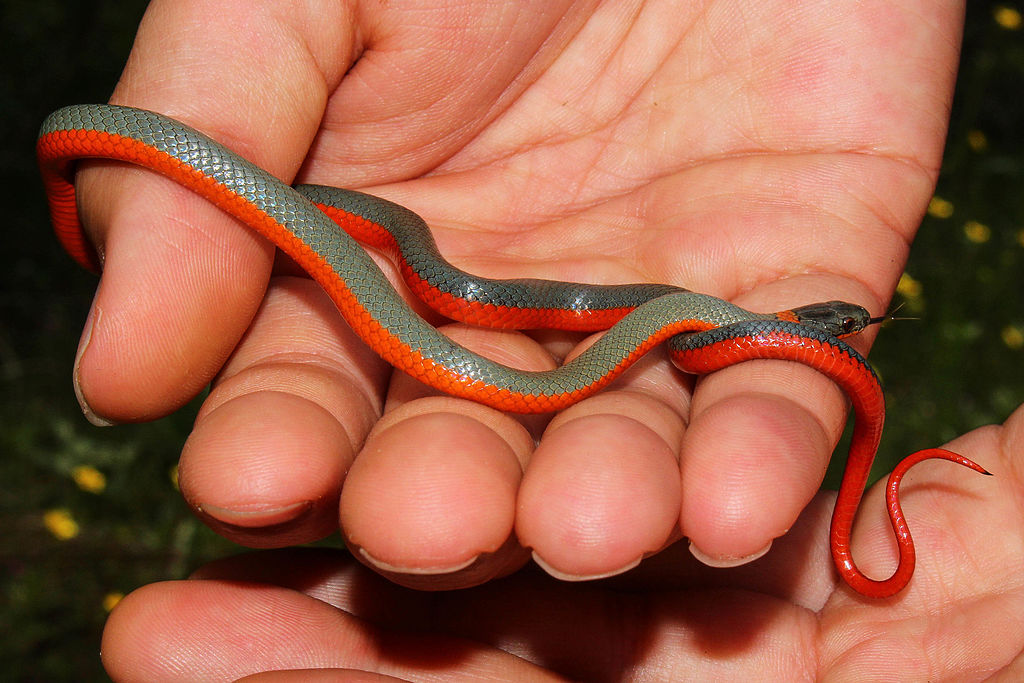
Despite their remarkable defensive adaptations, many musk-producing snake species face significant conservation challenges in the modern world. Habitat loss and fragmentation particularly affect species like ringneck snakes that require specific microhabitats with abundant cover objects and appropriate moisture levels. Climate change threatens to alter the ranges of certain musk-producing species, potentially forcing them into less suitable habitats where their chemical defenses may prove less effective against novel predators. Road mortality disproportionately impacts smaller snake species like garter snakes, which frequently cross roadways during seasonal movements. Persecution by humans who react negatively to the defensive musk represents another threat, as many individuals kill snakes they encounter rather than simply leaving them alone. Conservation efforts focused on these species benefit from educational outreach explaining that the unpleasant smell represents a harmless defense mechanism rather than an indication of danger to humans, helping to transform disgust responses into appreciation for these remarkable evolutionary adaptations.
Conclusion
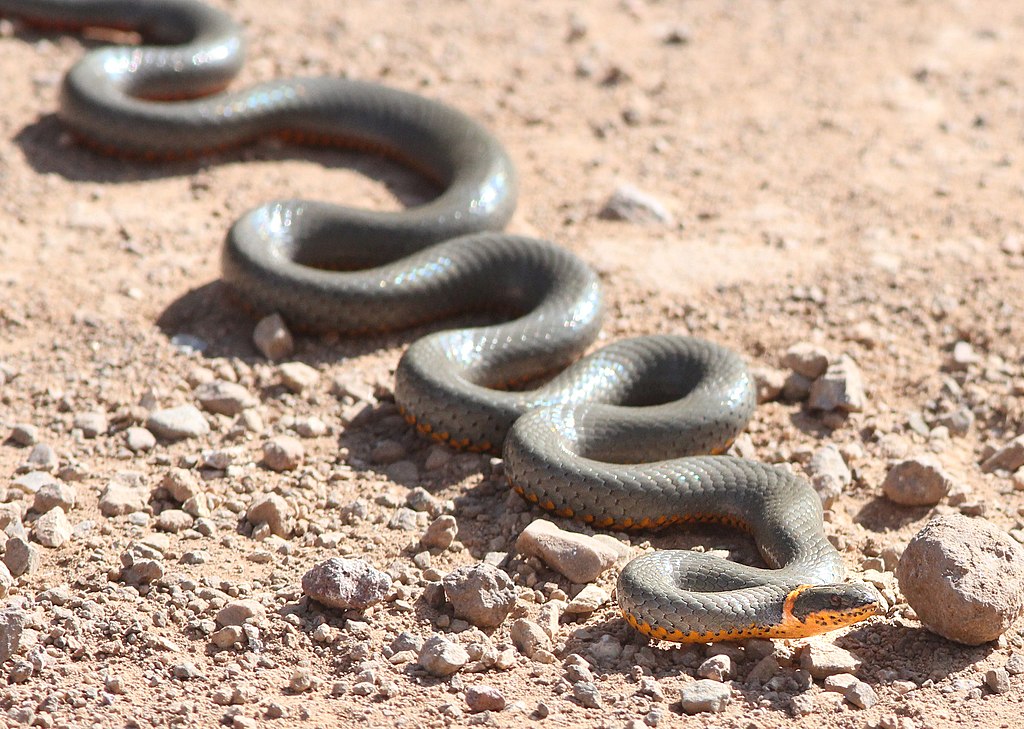
The ability of certain snake species to release malodorous secretions when threatened represents one of nature’s most effective yet underappreciated defense mechanisms. From the common garter snake to the specialized ringneck snake, this chemical warfare strategy has evolved independently across multiple serpent lineages, demonstrating its effectiveness as a survival tactic. The complex chemical cocktail these animals produce targets fundamental sensory aversions in potential predators, creating immediate and memorable deterrent effects with minimal energy expenditure. While this adaptation may result in unpleasant experiences for human handlers, it deserves recognition as an elegant solution to the survival challenges faced by relatively small, vulnerable prey animals. Understanding and appreciating these biological defense systems not only enriches our knowledge of natural history but also reinforces the importance of conserving these remarkable creatures and the ecosystems they inhabit.

